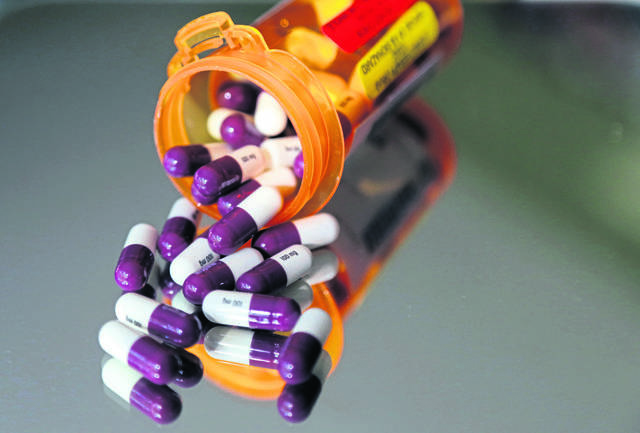Editorial: Drug collection great but still shows holes in system
Authorities in Pennsylvania seize 39,000 pounds of drugs.
That would be a starting headline.
Most drug arrests are about grams and ounces. When you get into pounds or kilos, it really draws attention.
But we’re talking about tons here. Tons of drugs collected in an operation that took a month compared to some large-scale investigations that can take years and collect just a fraction of that.
This wasn’t an investigation. It wasn’t a sting.
It was just a request. Do you have prescription drugs? Leftovers? Things you don’t want or need anymore? Bring them in to safely get rid of them rather than keeping them in the house where they might end up in the hands of someone who could misuse them. Make sure they don’t get flushed and end up in the water supply.
The Drug Enforcement Administration conducts the operation twice a year. In Pennsylvania, 234 agencies collected the drugs at 323 sites.
It is a staggering amount. It says a lot about how much people recognize the problem of prescription medication addiction and misuse that almost 20 tons of pills could be taken in since the fall collection.
It also says that we take a lot of legal medication.
Maybe that’s not surprising. Pennsylvania has an aging population. The state is home to a large number of hospitals. The health care industry is a major employer.
In the midst of an opioid crisis, there has been attention for years on overprescribing medication being a part of the problem.
If thousands of pounds of drugs are being identified as unnecessary and unwanted, it points to the patients understanding the message. It makes you wonder whether the people writing the prescriptions get it.
But there is a sad flip-side to the collection.
Those tons of drugs were collected for destruction. That has to happen for safety and security.
It still seems tragic when you consider the number of senior citizens who can’t afford their necessary medication. It is horrible when people who need insulin are creating an underground marketplace to share or sell the life-sustaining drug.
We live in a country that develops drugs, prescribes them in massive numbers and has to create ways to get them back to cut down on abuse. But we still can’t put those drugs in the hands of people who actually need them.
Remove the ads from your TribLIVE reading experience but still support the journalists who create the content with TribLIVE Ad-Free.

